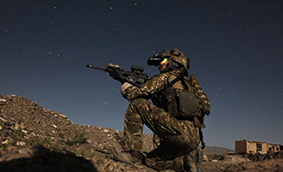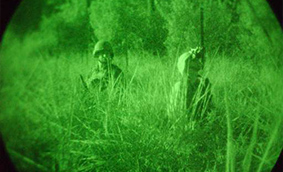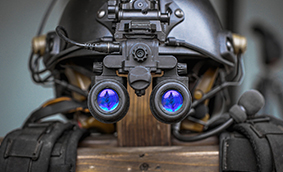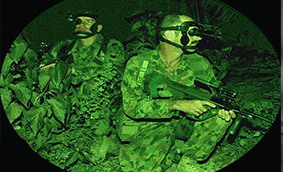- Have any questions?
- info@cuttingedge.com.pk
Night Vision by nuclears
Night vision is the ability to see in low light. Whether by biological or technical means, a combination of two solutions allows night vision possible: adequate spectral range, and sufficient intensity range. Compared with many species, humans have poor night vision, in part because the human eye lacks a tapetum lucidum.
Spectral range
Night-useful techniques of spectral range can detect radiation which is invisible to a human observer. A small portion of the electromagnetic spectrum called visible light is restricted to human vision. Improved spectral sensitivity allows the viewer to control non-visible electromagnetic radiation sources (such as near-infrared or ultraviolet radiation). Many species like the mantis shrimp Trout can see that they use much more of the infrarot and/or ultraviolet spectrum than humans doIntensity range
Simply the ability to see with very small quantities of light is enough intensity range.Most species have better night vision than humans do, which is the product of one or more variations in their eye morphology and anatomy. These include having a larger eyeball, a larger lens, a greater optical aperture (pupils may be extending to the eyelid's physical limit), more rods in the retina than cones (or simply rods) and a tapetum lucidum.Improved intensity range is accomplished by technological means, using an image intensifier, obtaining CCD multiplication, or other very low-noise and high-sensitivity photodetector array.



